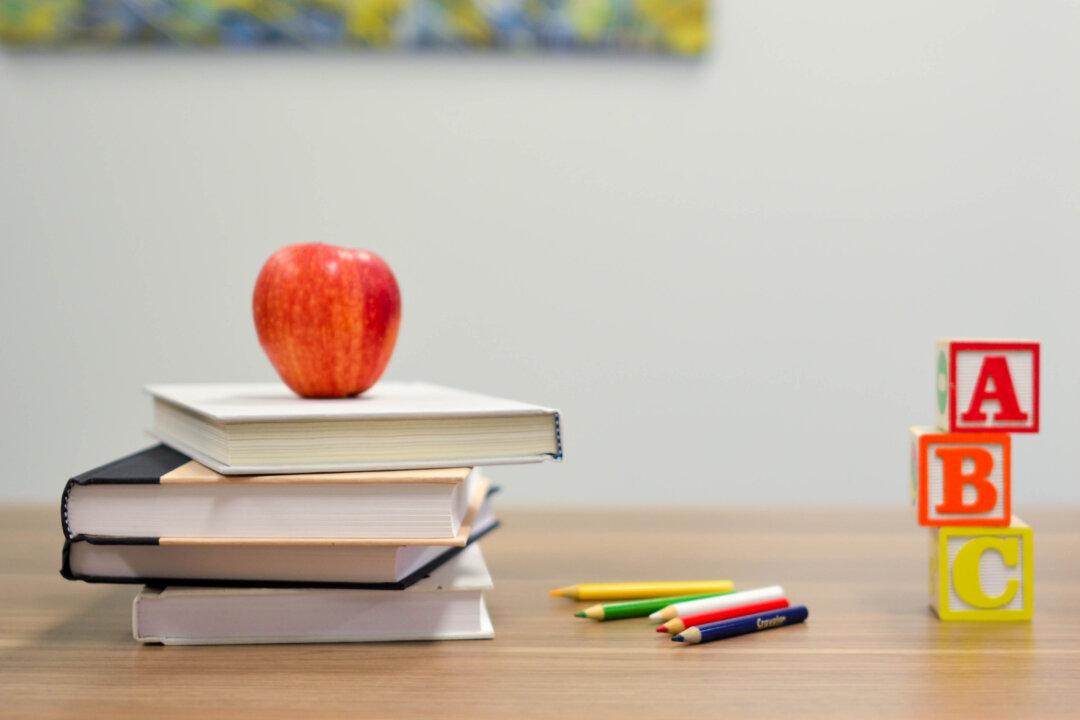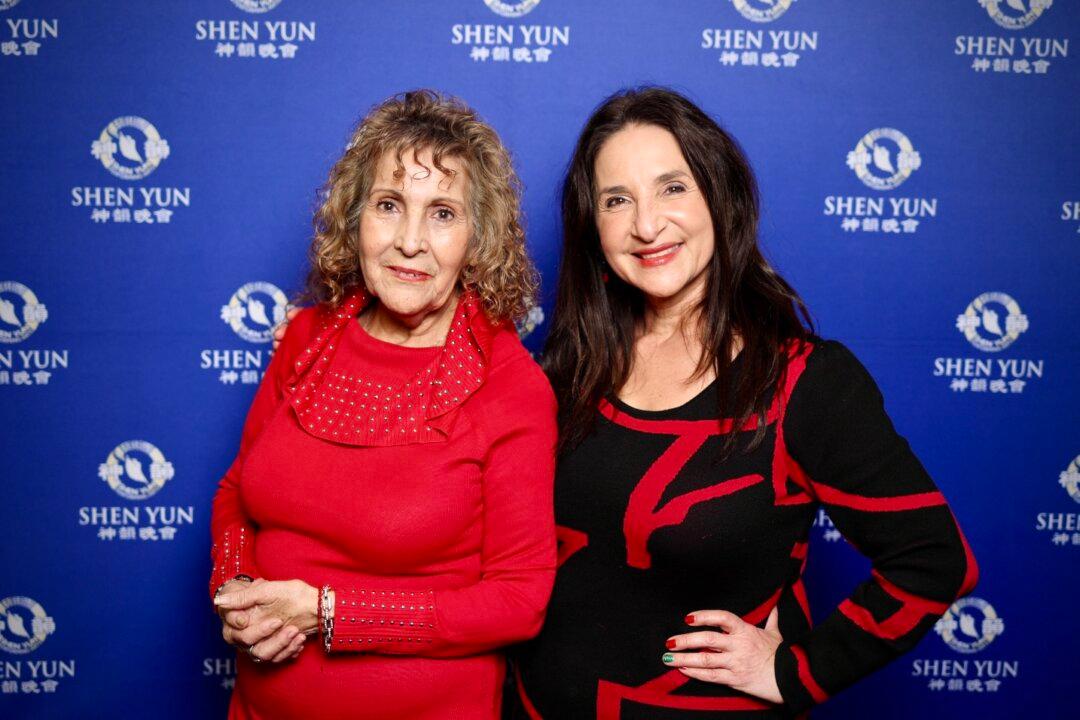As the world has shifted from outings to “innings,” schools and families have found themselves navigating the new environment of distance learning.
Amid the hardships and changes, people have found silver linings and worked together to adapt. The Epoch Times contacted people involved with education in California, who shared their experiences with using distance learning for ongoing education during the pandemic.





